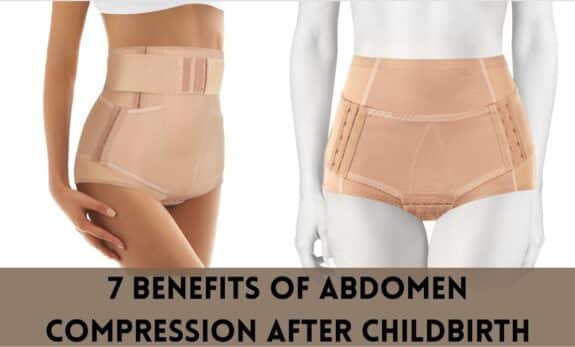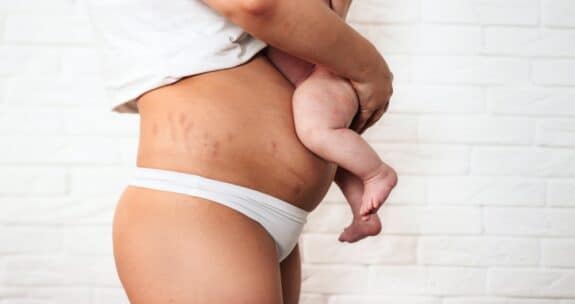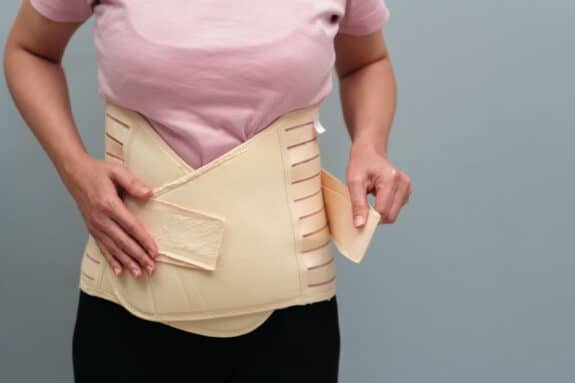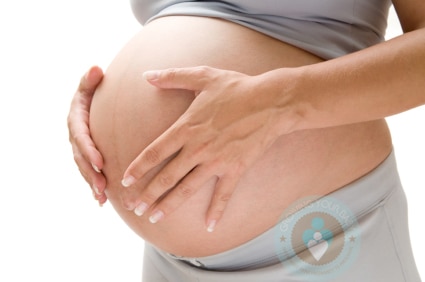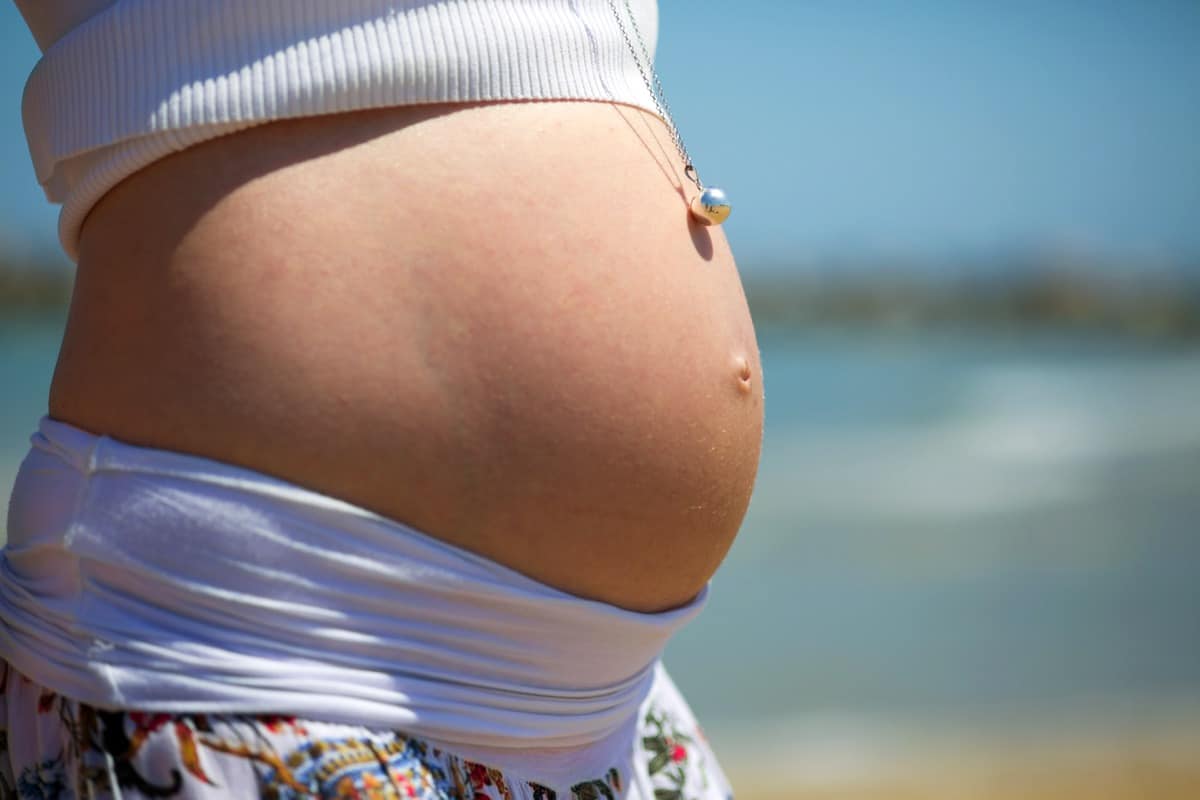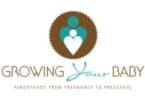After delivering a baby, your body goes through a lot of changes and stress. After I had my second son I noticed a few brands that touted the benefits of abdomen compression. Now a decade later the recovery method has gained steam as more is known about its benefits. Abdomen compression wraps provide gentle pressure and support to the abdomen, pelvic area, and lower back. The compression helps to reduce swelling, promote healing, and alleviate discomfort. From C-sections to vaginal births, abdomen compression wraps can be used by women of all delivery types. It’s important to note that before using a wrap, it’s important to consult with a healthcare provider to ensure proper usage and fit.
In some countries, this practice is more common. New moms in Japan, women to wear abdominal belts or wraps to compress the area immediately after giving birth. In other countries, such as Mexico, women use a traditional practice known as “faja,” which similar to abdominal belts, assist in compression and support of the abdomen. In North America, medical professionals have begun to prescribe and recommend compression garments to help new moms during their postpartum recovery.
When used correctly, an abdomen compression wrap can be a helpful tool in postpartum recovery.
Here are 7 Benefits of Abdomen Compression After Delivering a Baby
1. Reduced Swelling and Discomfort
Compression after delivering a baby can help reduce swelling and discomfort in the abdominal area. Compression garments, such as belly bands or postpartum girdles, can be worn to help reduce inflammation and aid in healing. These garments provide gentle compression to the abdomen and pelvic area, which helps to reduce swelling, pain, and discomfort. Additionally, compression garments can help to improve posture by providing additional support to the core muscles.
2. Improved Circulation
Compression after delivering a baby can also help improve circulation in the abdominal area. The increased pressure from the garment helps to stimulate blood flow throughout the body, which can help reduce fatigue and promote healing. Improved circulation also helps to reduce swelling by increasing lymphatic drainage from the area.
3. Faster Recovery
Compression after delivering a baby can also speed up recovery time. Wearing a compression garment helps to provide additional support for the abdominal muscles while they are healing, which can lead to faster recovery times for new mothers. Additionally, wearing a compression garment may help to reduce stress on the incision site if it is necessary for a cesarean delivery or episiotomy repair.
4. Reduced Risk of Injury
Wearing compression after delivering a baby can also help reduce the risk of injury during physical activities such as exercise or lifting heavy objects. By providing additional support for weakened muscles in the abdominal area, compression garments can help prevent straining or tearing of these muscles when engaging in physical activity too soon after delivery.
5. Improved Mental Health and Body Image
Many new moms experience feelings of insecurity about their body image after giving birth due to changes in their body shape and size from pregnancy and childbirth. Wearing compression garments can help new mothers feel more confident about their body image by helping them feel supported during recovery from childbirth.
6. Improved Lymphatic System Function
The lymphatic system helps to remove toxins from the body, so it is important that it functions properly during recovery from childbirth. Wearing compression garments can improve lymphatic system function by increasing circulation and helping fluids move through the body more efficiently.
7 Increased Comfort
Finally, wearing compression garments after delivering a baby can increase comfort during recovery from childbirth by providing extra support for abdominal muscles that are stretched out due to pregnancy and delivery
Recently I met a mom who had experienced Diastasis Recti following her pregnancy. She asked if I could put together more information for new moms to bring more awareness to abdomen compression following childbirth so that more women could avoid some of the conditions that come from not using the practice.
Four conditions that can affect your abdomen following pregnancy are:
1. Diastasis Recti
Diastasis recti is a condition that occurs when the abdominal muscles separate during pregnancy. This separation can cause the abdomen to protrude and may also lead to lower back pain, urinary incontinence, and pelvic floor dysfunction. Treatment for diastasis recti usually involves physical therapy exercises that help to strengthen the core muscles, as well as lifestyle changes such as avoiding heavy lifting or straining.
2. Pelvic Organ Prolapse
Pelvic organ prolapse is a condition in which one or more of the pelvic organs (e.g., uterus, bladder, rectum) drop down into the vagina due to weakened pelvic floor muscles. Symptoms of this condition include feeling pressure in the pelvis or vagina, difficulty with bowel movements or urination, and pain during intercourse. Treatment for pelvic organ prolapse usually involves physical therapy exercises that help to strengthen the pelvic floor muscles and lifestyle modifications such as avoiding heavy lifting or straining.
3. Urinary Incontinence
Urinary incontinence is a common issue following pregnancy and can be caused by weakened pelvic floor muscles or damage to nerves in the bladder area. Symptoms of this condition include leakage of urine when coughing, laughing, sneezing, running, jumping, etc., as well as an urge to urinate frequently throughout the day and night. Treatment for urinary incontinence may involve physical therapy exercises that help to strengthen the pelvic floor muscles and lifestyle modifications such as avoiding caffeine or alcohol consumption before bedtime.
4. Hernia
A hernia is a common abdominal condition that occurs when part of an internal organ pushes through a weak spot in the abdominal wall. It can occur anywhere in the abdomen but is most common around the navel area after pregnancy due to weakened abdominal muscles from childbirth. Symptoms of a hernia include swelling or bulging near the navel area, pain when lifting objects or standing for long periods of time, nausea and vomiting if there is strangulation (when tissue becomes trapped inside), and difficulty passing stool or gas if there is obstruction (when tissue blocks passage). Treatment for hernia usually involves surgery to repair any tears in the abdominal wall and support any weakened areas with mesh material
How to get started with Postpartum Compression:
1. Choose the Right Size Belt
When choosing a postpartum compression belt, it is important to select the right size for your body. The best way to find the correct size is to measure your waist and hips at the widest point. You should also consider whether you plan to wear the belt over or under clothing. Once you have determined your size, you can then select a postpartum compression belt that fits properly and provides maximum support.
2. Wear the Postpartum Compression Belt Properly
Before wearing a postpartum compression belt, it is important to read all instructions carefully and follow them closely. When putting on the belt, make sure that it is snug but not too tight. It should fit comfortably around your waist and provide ample support without restricting movement or causing discomfort.
3. Adjust Your Belt as Needed
Once you have put on your postpartum compression belt, it should be adjusted as needed throughout the day to ensure optimal comfort and support. If you are feeling any pain or discomfort, make sure to loosen or tighten the belt accordingly until you feel comfortable again.
4. Clean Your Belt Regularly
It is important to clean your postpartum compression belt regularly in order to keep it in good condition and prevent bacteria from building up on its surface. To clean your belt, use a mild soap and warm water solution and gently scrub away any dirt or debris with a soft cloth or brush before rinsing it off with cold water and allowing it to air dry completely before storing it away for future use.

